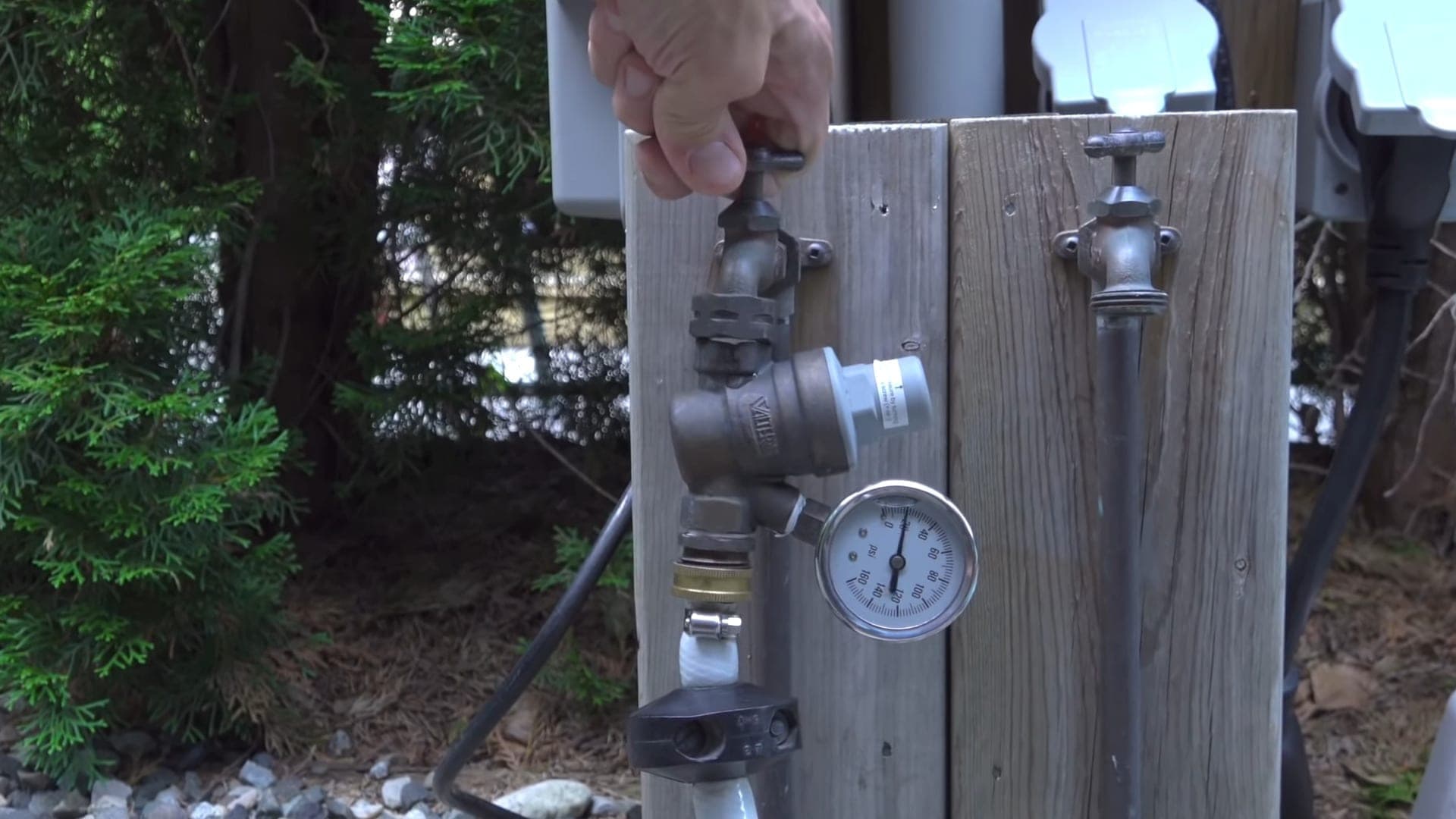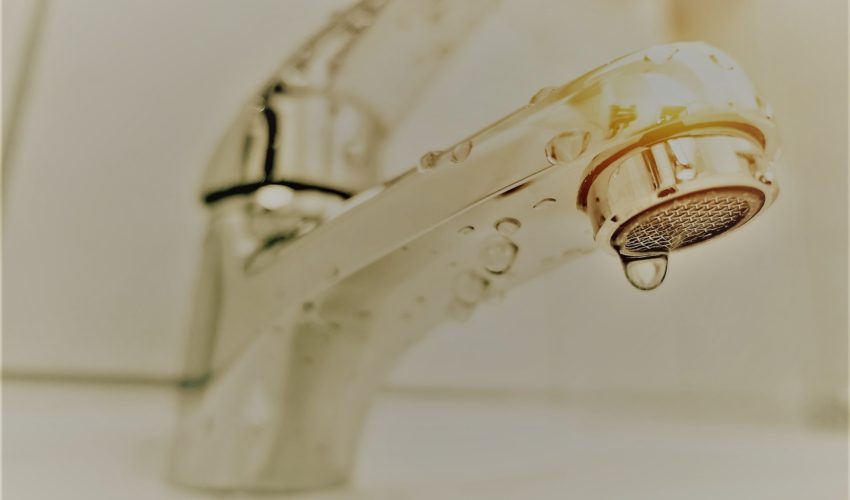Highly-Rated Techniques for Addressing Low Water Pressure in Your Home
Highly-Rated Techniques for Addressing Low Water Pressure in Your Home
Blog Article
How do you feel with regards to Dealing with Low Water Pressure in Your Home?

Low water stress in your home can be an aggravating problem, affecting every little thing from bathing to cleaning recipes. If you're experiencing weak water flow, there are a number of possible causes and solutions to check out. In this overview, we'll discuss common reasons for low tide pressure and useful actions to address the issue successfully.
Intro to Low Water Stress
Low water pressure occurs when the flow of water from your faucets, showers, and other components is weaker than usual. This can make day-to-day jobs more tough and much less effective. Understanding the causes of low tide stress is vital to discovering the appropriate option.
Common Reasons For Low Tide Pressure
Faulty Pressure Regulators
Pressure regulators are in charge of preserving constant water stress in your home. If they malfunction, it can result in low tide stress or irregular flow throughout the house.
Community Water Issues
Sometimes, the issue lies outside your home. Local water supply concerns, such as main line leakages or maintenance job, can momentarily lower water stress in your location.
Pipeline Obstructions
In time, pipes can end up being blocked with mineral deposits, sediment, or debris, restricting the flow of water. This is a typical concern in older homes with galvanized steel pipes.
Corrosion
Corrosion within pipes can cause leakages and reduced water pressure. Corrosion accumulation can tighten water flow, particularly in maturing plumbing systems.
How to Detect Low Tide Pressure
Examining Pipelines
Examine noticeable pipelines for indicators of leakages, rust, or clogs. Pay attention to any type of uncommon audios, such as banging or rattling pipes, which could suggest problems within the plumbing system.
Consulting with a Plumber
If you're incapable to identify the reason for low water stress, consider working with an expert plumber to perform a comprehensive examination. They can identify underlying issues and recommend appropriate services.
Inspecting Faucets and Fixtures
Beginning by evaluating the water stress at different faucets and fixtures throughout your home. If the concern is separated to details areas, it might indicate local troubles.
Do It Yourself Solutions to Deal With Low Tide Pressure
Flushing Hot Water Heater
Sediment buildup in the hot water heater can restrict circulation and decrease efficiency. Purging the tank occasionally assists get rid of sediment and keep optimum efficiency.
Checking Pressure Regulator
Ensure that the pressure regulator is functioning properly. Changing or changing the regulator can help bring back appropriate water pressure throughout your home.
Cleaning Up Aerators and Showerheads
Natural resources can collect in aerators and showerheads, minimizing water flow. Eliminate and cleanse these elements routinely to enhance water pressure.
Cleaning Clogs in Water Lines
For small obstructions, attempt using a plumbing serpent or chemical drainpipe cleaner to clear obstructions in pipes. Beware when using chemicals and adhere to security guidelines.
When to Call a Specialist Plumber
If DIY efforts stop working to deal with the problem or if you suspect considerable plumbing issues, it's ideal to seek help from an accredited plumber. They have the competence and tools to attend to complicated concerns securely and successfully.
Safety Nets to Maintain Water Stress
Mounting a Stress Booster
Think about setting up a stress booster pump to boost water pressure in locations with constantly reduced circulation. This can be specifically advantageous for multi-story homes or homes with high-demand fixtures.
Tracking Water Use
Be mindful of water usage habits and stay clear of overtaxing the plumbing system. Easy changes, such as shocking showers and laundry loads, can assist maintain sufficient water stress.
Routine Maintenance
Arrange routine upkeep for your plumbing system to stop issues such as rust, leakages, and clogs. Dealing with minor issues early can aid avoid more significant repairs later on.
Final thought
Taking care of low water stress can be aggravating, but identifying the underlying reasons and executing ideal options can recover ideal flow throughout your home. Whether it's cleansing aerators, checking pipes, or seeking advice from a plumber, taking aggressive steps can make sure a constant supply of water for your everyday requirements.
9 Solutions to Low Water Pressure
If you have ever struggled to rinse the shampoo out of your hair, washed your hands under a trickle of water, or been forced to wait for your washing machine to complete a cycle, then you have experienced the nuisance of low water pressure. Low water pressure can turn a simple task into a hassle, but once you identify the cause, either the necessary plumbing fix or a water booster pump can drastically improve your water pressure. In this article, you can learn about nine common causes of low water pressure and how to resolve low water pressure in your home.
How do you know if you have low water pressure?
Testing your home’s water with a pressure gauge is the easiest way to find out if you have low water pressure. Pressure gauges are simple and inexpensive, and once installed, will allow you to check your water pressure with a quick glance.
If your water is from a municipal water supply, select an outdoor faucet near where the main water line enters your home. If your water is from a well, select a faucet that is close to the well’s pressure tank. Attach the pressure gauge to the faucet and tighten it. To get an accurate reading, make sure water isn’t being used anywhere else inside or outside the house, and then fully turn the faucet on. Once the faucet is on, you can read the water pressure on the gauge’s dial. Typical home water pressure should be between 40 and 50 psi, so if the dial reads less than 40 psi, you have low water pressure.
Do water booster pumps increase water pressure?
A water booster pump is a centrifugal pump that improves low water pressure and increases water flow. Much like how a fan’s blades create a gust of air, a water booster pump’s rotating impeller draws water in and then pushes it out with increased force. This force raises the water pressure in a system. A water booster pump is installed where the main water line enters your home, so water pressure is improved in every tap and appliance.
What causes low water pressure?
1. Hard water
If you have hard water, scale can accumulate in your pipes, restrict the water flow, and reduce your water pressure. Hard water has a high mineral content, specifically calcium and magnesium, and scale is formed when these mineral salts dissolve.
The solution: When scale buildup is severe enough to restrict water flow and reduce water pressure, the best solution is to replace your pipes. Products like CLR Calcium, Lime, and Rust remover can diminish scale, but as the scale comes off it may clog your pipes, creating another costly plumbing problem. Not to mention, it is never a good idea to put harsh chemicals in the pipes that supply your drinking water. To prevent scale in the future, we recommend installing a water softener.
The main water shut off valve is not open.
If your water pressure has suddenly decreased and you recently had a repair done, make sure the main water shut off valve is fully open. Most plumbing repairs require the water to be shut off, but if the valve is not completely opened afterward, your water pressure will be restricted.
The solution: Locate your main shut off valve, which is installed where the main water line enters your home, and fully open it by turning it counterclockwise.
A municipal water problem
Low water pressure may not have to do with your own plumbing system. Just like your home’s water supply, the municipal water supply is subject to problems that can cause low water pressure, such as leaks and corrosion.
The solution: Call the municipal water supply to report your low water pressure. Your input may alert them to the problem and will ensure your water pressure is restored as quickly as possible.
Faulty pressure regulator
A pressure regulator is a valve that reduces incoming water pressure as water flows into your home from the main service line. High water pressure can damage pipes and plumbing fixtures, so a pressure regulator is installed to protect your home plumbing system. Most are set to 50 pounds per square inch (psi), but if yours is set lower, your water pressure will feel low. If your pressure regulator is set to 50 psi but your pressure still feels low, it may be broken or clogged.
The solution: Adjust your pressure regulator’s setting to 50 psi if it is currently set lower. If your pressure regulator is faulty, ask a plumber to replace it.
A leak
A leak can reduce water flow and water pressure. To determine if you have a leak, turn all the faucets off inside and outside of your home. About an hour later, check your water meter. If it indicates you are using water, you have a leak.
The solution: Enlist the help of a licensed plumber to locate and repair the leak. Once the repairs are complete, your water pressure should return to normal.
https://www.freshwatersystems.com/blogs/blog/what-causes-low-water-pressure-and-how-to-improve-it

I stumbled upon that piece of writing on while perusing the internet. Do you know another person who is curious about the subject? Please feel free to promote it. We enjoy your readership.
Click Here Report this page